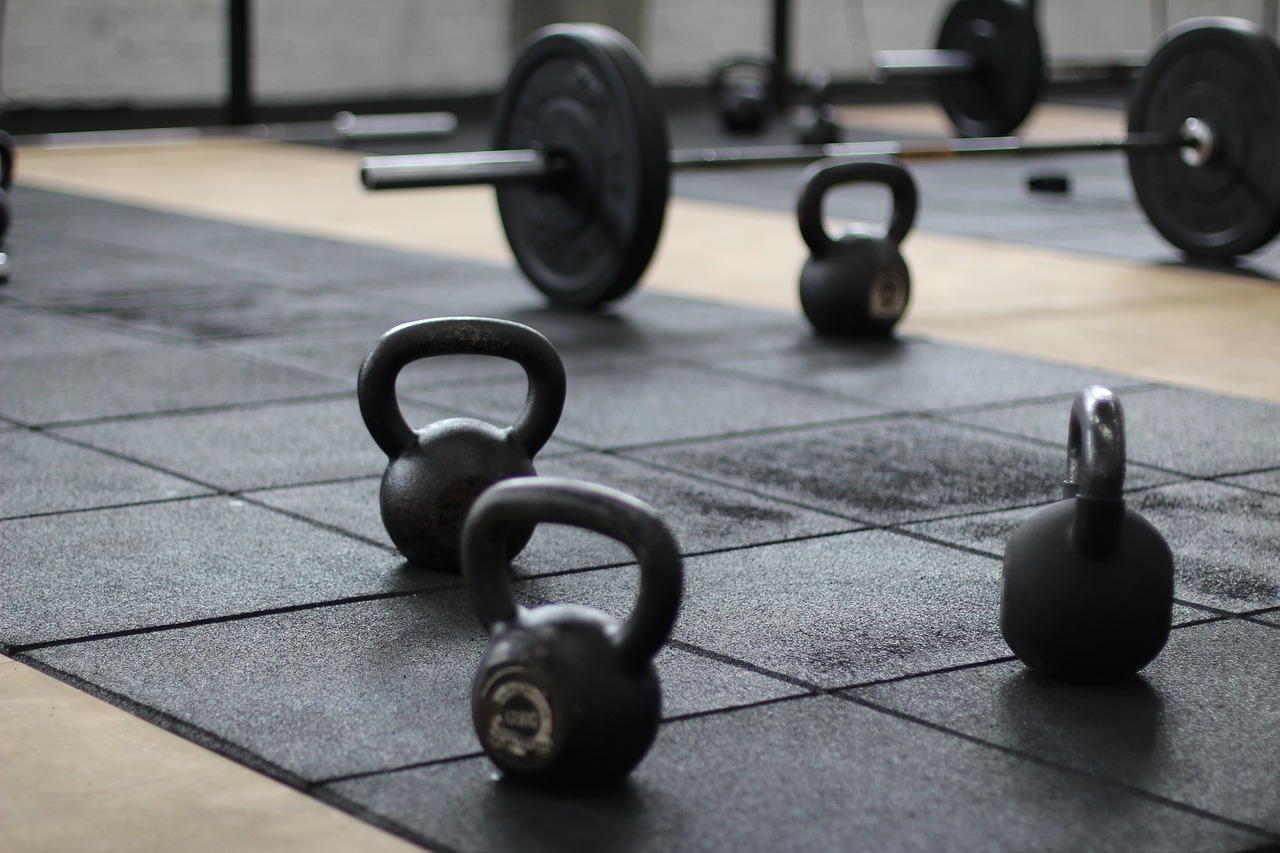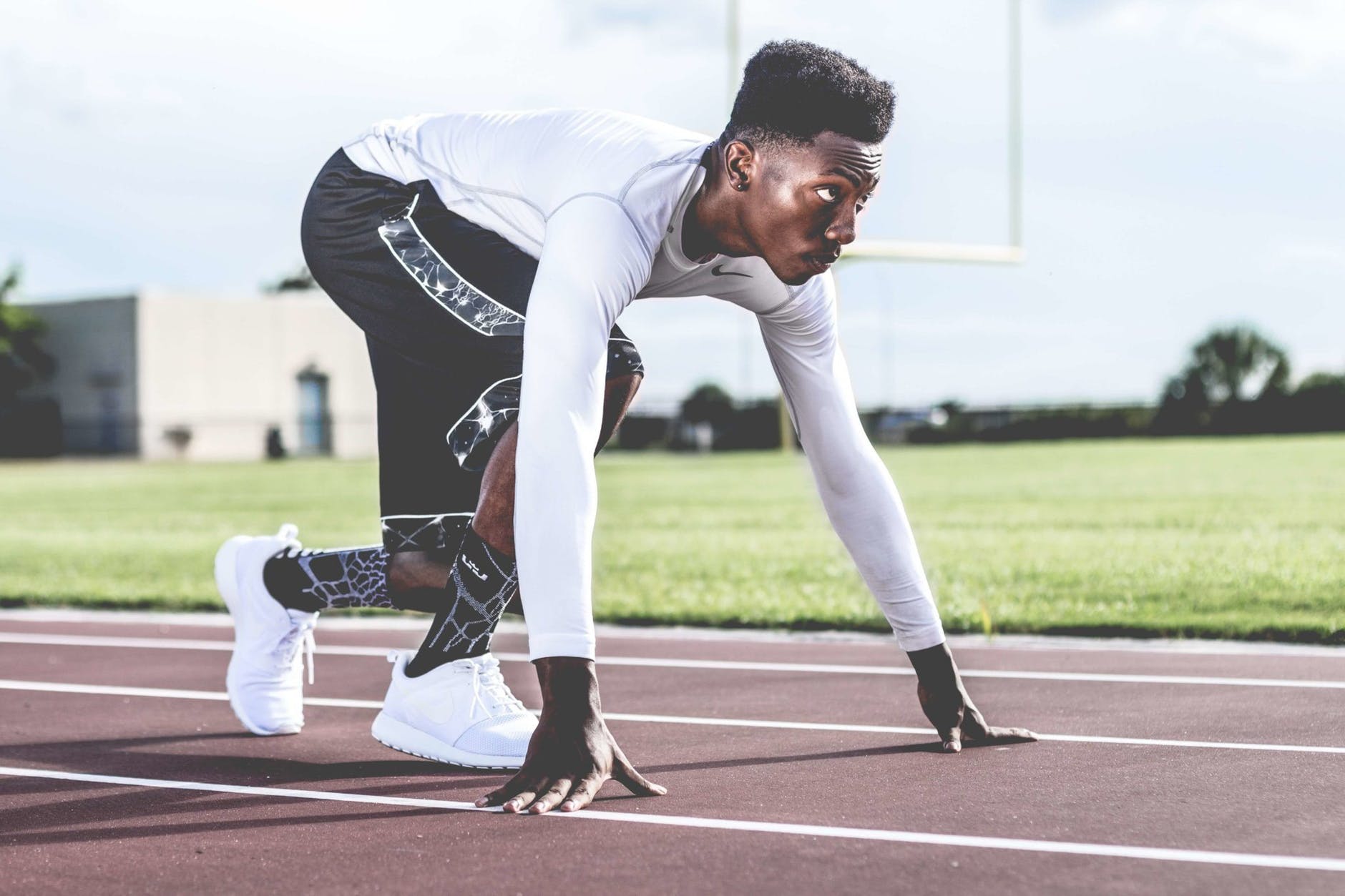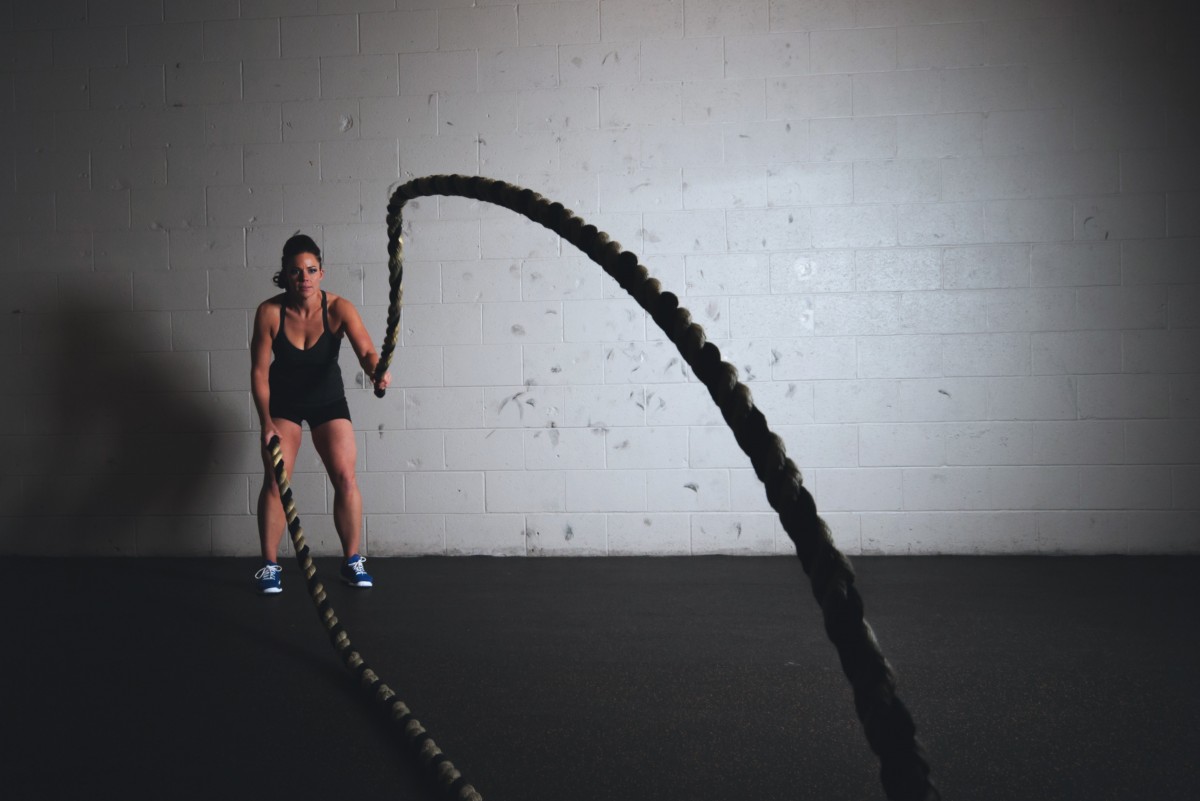Acceleration, the ability to increase velocity, is an important physical quality for sports performance. Most of us, when addressing the training of our athletes, make an understandable mistake when looking at this quality. We make the mistake of thinking that we are training track and field athletes.

For a track and field athlete, a sprint is divided into three phases. Each phase has slightly different sprinting mechanics and each has slightly different training approaches. To review, these are:
• Acceleration: time period from when speed goes from nothing to maximum velocity. Quite a bit of this time is spent increasing stride length and stride frequency and means running with frontside mechanics. Better sprinters take longer to accelerate because their maximum velocity is greater.
• Maximum velocity: Literally when maximum speed is reached. This can only be maintained for a few seconds even with the best sprinters.
• Speed endurance: Think of this as trying to slow down the least during a sprint. It is not the same thing as conditioning.
Outside of track and field, must athletes are never going to reach maximum velocity during the performance of their sport, let alone require speed endurance. Think about this, when do athletes get to run in a perfectly straight line for 30-60 meters? A lot of people have to make mistakes for that to happen in most sports.

So this means we need to train athletes for acceleration right? Well, yes and no. I think that when it comes to speed training, we need to train athletes for two situations. The first is for what they usually experience in a game. The second is for the outliers. This is because we want to know that if a lot of athletes do make mistakes then our athlete can take advantage of it.
Here’s the trap. We’re not training athletes to accelerate on the track during a sprint race against other sprinters. We’re training them to run as fast as they can in a situation that is unique to their sport which requires them to react to the situation, athletes, and the ball and that may require them to stop or move somewhere else on a dime.
So what are we looking at here? I think a successful speed program for a non-track and field athlete is going to have several components:
• Strength: Notice that this is first in the list. I think it cannot be overemphasized that this ability is critical to being fast and explosive. This is something that needs to be trained year round. In other words, athletes need to do some type of squat.
• Hamstrings: This is closely tied with strength. Athletes need strong hamstrings and they need to be strong in the lengthened position. A lot of the research on this suggests that the hamstring strains from sprinting are when the lengthened hamstrings are attempting to slow down the lower leg. Drop the leg curls and start with the RDLs and good mornings.
• Power: Being strong is great, but an athlete needs to know how to use it in an athletic context. Olympic lifts, plyos, med ball throws, bounds, resisted sprints are all examples of tools that teach this. Pick some that you like and incorporate them into your program!
• Speed training, with a twist: It’s important to use authentic surfaces, distances (remember: what do we experience in a game and what’s the outlier?), and authentic situations. For example, we don’t line up in blocks to do sprints in basketball – but we do have to sprint after landing from a rebound. How about training the sprinting from that type of starting position?
• Agility training: To me agility is the summation of strength and conditioning. It’s the ability to apply everything to sport-specific situations and movement patterns. Start, stop, change directions, incorporate the ball, incorporate opponents, etc.
Now that we have all this outlined, let’s look at it in a little more detail.
Strength
Athletes need to squat. What type of squat is up to the athlete’s preferences and the coach’s philosophy. I also think that upper body strength cannot be overlooked. I realize that we don’t lie on our back and push things off us in sports, but when it comes to speed training the arms are a factor. Even if arm drive only adds a miniscule percentage to my athletes’ velocity, I want it! So training the upper body is going to be important as well.
Hamstrings
If we’re looking at athletes who sprint and change directions, it’s time to let go of the leg curls. They make great looking hamstrings, but we need long and strong hamstrings for sprinting. I’ve written about this before at length; Romanian deadlifts, partial deadlifts, good mornings, revers hyperextensions, back raises, even Nordic hamstring curls should be the foundation of a hamstring training program.
Power
Years ago I competed and coached in Olympic lifting. Back then I felt that everyone should do those lifts, because they worked for me. After all, if it works for me it works for everyone, right? Today, in my old age, I look at this differently. The whole purpose being power training is to teach the athlete how to express their strength quickly. If you keep that in perspective, there are a lot of ways to do this. Some are pretty specific to speed training like bounds and resisted sprinting.
Speed training with a twist
For understandable reasons, we are obsessed with drills, techniques, and training tools. I think we need to let go of a lot of that, the athletes we’re working with usually aren’t the ones that those were developed for (i.e. elite track sprinters). Ask yourself: does this support, resemble, or connect with what my athletes are going to experience in a game? If not, it’s probably not something that you need to invest a lot of time in…
Agility training
Agility training is hard, I won’t deny that. You have to know a lot about the sport for this to be done effectively, sometimes this is out of a strength and conditioning coach’s comfort zone. It’s also not a matter of a magic drill because there is no such thing. Let me say that again, there are no magic drills.
So what does this look like? I’m going to have a baseball example in the next blog post and a basketball example in the one after that (those are the sports that I know best).



